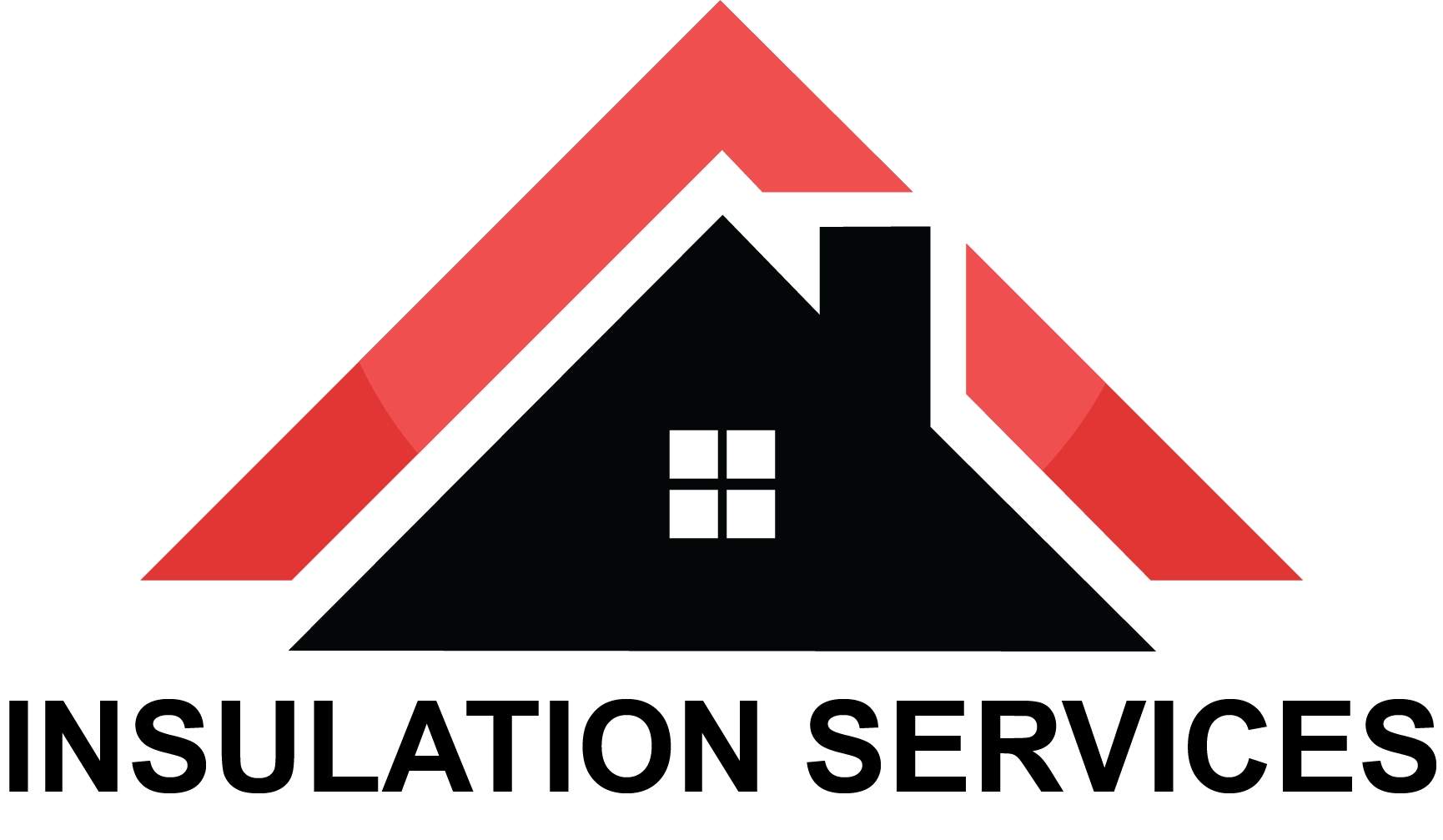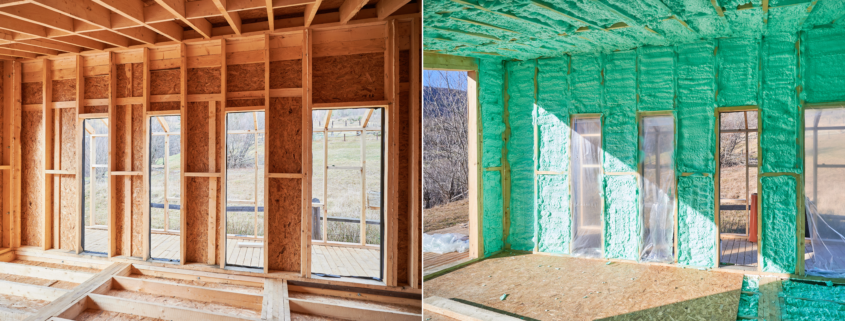What Is The Best Heat Insulator Material For Walls?
Are you having trouble keeping your home at a comfortable temperature? Is your home getting remodeled in the near future, and you don’t know which insulation option is right for your walls? Many homeowners find themselves in this situation because their insulation is insufficient: heat can escape during the winter and come in during the summer. Finding the right way in terms of insulation can feel daunting; there are so many choices available in the world of heat insulators. In this blog, we will learn about the best heat-insulating materials for walls.
Heat Insulation Heroes: Discover the Best Materials for Your Walls
Thermal insulation for buildings helps keep walls cooler in the summer and warmer in the winter without electronics. With so many options available, it can be difficult to find the right insulation.
Keep reading this guide to learn more about the best heat insulators for walls:
Cellulose Insulation
The first heat insulator is Cellulose insulation is a green way to insulate your house, since it is made out of recycled paper material (newspaper and cardboard). The treated paper with fire-retardant chemicals to aid with safety and pest control.
- Composition: Made from recycled cardboard, paper, and similar products.
- R-Value: Ranges from R-3.1 to R-3.7.
- Form: Available in loose form.
Fiberglass Wall Insulation
Fiberglass insulation is the most popular heat insulator for walls. The insulation is made up of little glass fibers, forming a fluffy, airy material, and it is installed in walls, ceilings, and attics to improve energy efficiency and thermal comfort.
- Composition: Made from recycled glass and sand; naturally non-combustible
- R-Value: Effective in minimizing heat transfer.
- Form: Comes in rolls with varying densities and dimensions.
Spray Foam Wall Insulation
Spray foam insulation is a versatile and efficient form of heat insulation for walls. It delivers superior thermal performance and air-sealing performance with superior thermal performance. Spray foam insulation is applied as a liquid foam that expands and cures into a workable solid state, forming a durable, airtight barrier that fills any gap or crack to reduce air leakage.
- Composition: made of polyurethane and other liquid materials.
- R-Value: Offers effective thermal insulation with specific R-values.
- Environmental Impact: Superior ability to seal air leaks and prevent water leaks.
- Form: It comes in two general forms: Open-cell and Closed-cell.
Mineral Wool Wall Insulation
Mineral wool insulation, also known as rock wool or stone wool insulation, is a commonly sought-after solution for those seeking an expert in fire-resistant insulation for their home. Mineral wool insulation is produced by natural minerals, like volcanic rock or slag, that are melted down and then spun into fiber form.
- Composition: A70% post-industrial recycled content; flame-resistant.
- R-Value: Is based on specific products, generally comparable to fiberglass.
- Form: Available in loose-fill and blanket forms.
Reflective Wall Insulation
Reflective insulation contributes to energy efficiency by reflecting radiant heat energy. Unlike traditional insulation foams and fibers that resist the conductive transfer of heat, reflective insulation is only intended to reflect heat waves radiating away from living spaces.
- Composition: Aluminum or other similar reflective materials.
- R-Value: It has a very low R-value of approximately R1.0 on its own.
- Form: Flexible and adaptable, easy to install in a variety of buildings.
Conclusion
Choosing the right heat insulator for the walls of your home is an important consideration when building a residence using heating and cooling for year-round comfort and use. Each type of insulation is going to have distinct advantages/disadvantages regarding insulation purposes, from environmentally friendly cellulose and insulation-friendly materials like spray foam. When selecting a type of wall insulation, consider energy efficiency, cost, and environmental impact. With high-quality wall insulation, you will not only have a comfortable home to enjoy, but you will also have savings on energy bills, while also considering our planet. I wish you nothing but the best in your home, achieving quality insulation, comfort, energy savings, and doing your part to take care of our planet!
FAQs
How do I decide on insulation for my walls?
Take into consideration R-value, price, environmental consequences, and your home’s particular needs.
What is the going rate for the installation of insulation?
Installation costs run from $0.50 to $2.00 per square foot, based on the type of material and installation method.
How long before I see the savings after I have insulated my home?
Homeowners can often see lower energy bills in just a few months after insulation has been installed.




Leave a Reply
Want to join the discussion?Feel free to contribute!